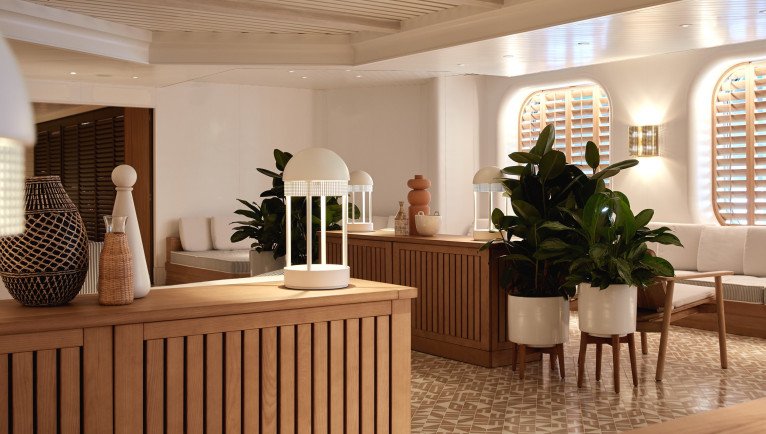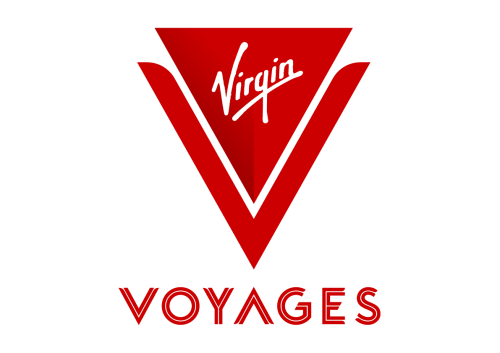(Prices correct as of today’s date, are updated daily, are subject to change and represent genuine availability at time of update).
Cruise only holidays are financially protected by ABTA. Fly cruise holidays are financially protected by Virgin Voyages under ATOL number 2358
Please click here to check the essential travel requirements before booking this cruise.
Want to add a hotel stay or change your flights?
Just call our team of cruise specialists to help build your dream cruise holiday today!
Prices based on 2 people sharing. Cruise only price does not include flights. Fly-cruise price may vary by chosen UK airport.
Associated Packages
Discover hotel stays and land programmes included in this itinerary
Itinerary
Miami, Florida
Miami is one of the world’s most popular holiday spots. It has so much to offer; from its countless beach areas, to culture and museums, from spa and shopping days out, to endless cuban restaurants and cafes. Miami is a multicultural city that has something to offer to everyone.
Miami, Florida
At Sea
At Sea
Oranjestad
Willemstad
At Sea
Cartagena
Cartagena
At Sea
Ocho Rios
Georgetown, Grand Cayman
At Sea
Miami, Florida
What's Included with
Virgin Voyages
Use of swimming pools, hot tubs, fitness centre and leisure facilities where available
Accommodation
Breakfast, lunch, dinner and snacks in a choice of included dining venues
Entertainment throughout the day and evening
Use of swimming pools, hot tubs, fitness centre and leisure facilities where available
Complimentary shuttle service from ship to port where available
Port taxes
Themed events and discos
Adult only cruises
WiFi included on-board
Gratuities included on-board
Tea and coffee in seleted venues
Return flights included from a choice of UK airports (fly cruise bookings only)
24-hour room service
Theme nights and deck parties
Selected complimentary drinks in selected venues
Sailaway and deck parties, and character meet and greets
Explore Brilliant Lady






Pink Agave
Inspired by Mexico’s red-hot culture and sexy food scene, the experience at Pink Agave goes far beyond the usual taco. Shareable, social, and spicy — it transports you to the vibrant streets of Mexico City on an immersive odyssey of local cuisine. With the largest selection of tequila and mezcal at sea, and DJ beats to amp up the energy, we won’t judge if you order one of everything… and end up dancing on tables by the end of the night.

Shore Things
There are some experiences you only dream about and there are those you didn’t know you needed — until they’re right in front of you. Our Shore Things are the perfect balance of both. Discover something completely new or see a different side of a destination you already love.













On the Rocks










B-Complex
Deck 17

- The Runway
- Outdoor Yoga Studio
Deck 16

- The Net
- The Athletic Club
- The Athletic Club Bar
- Sports Area
- The Cabanas
- Training Camp - Group Fitness & Boxing Ring
- Sun Club
- Sun Club Cafe
- Richard's Rooftop
Deck 15

- Gunbae
- The Galley
- B-Complex Burn & Bike
- B-Complex Build & Balance
- Gym & Tonic Bar
- Aquatic Club Bar
- Aquatic Club
- The Tune Up
- The Scene
- Massive Suite
- Fab Suite
- Posh Suite
- Gorgeous Suite
Deck 14

- Cheeky Corner Suite - Biggest Terrace
- Sweet Aft Suite - Biggest Terrace
- Brilliant Suite
- XL Sea Terrace
- Central Sea Terrace
- The Sea Terrace
- Solo Insider
- The Insider
Deck 13

- Cheeky Corner Suite - Biggest Terrace
- Sweet Aft Suite - Biggest Terrace
- XL Sea Terrace
- Central Sea Terrace
- The Sea Terrace
- Solo Insider
- The Insider
Deck 12

- Cheeky Corner Suite - Biggest Terrace
- Sweet Aft Suite - Biggest Terrace
- Seriously Suite
- XL Sea Terrace
- Central Sea Terrace
- The Sea Terrace
- Solo Sea View
- The Sea View
- Solo Insider
- The Insider
Deck 11

- Cheeky Corner Suite - Even Bigger Terrace
- Sweet Aft Suite - Even Bigger Terrace
- XL Sea Terrace
- Central Sea Terrace
- The Sea Terrace
- The Sea View
- Solo Insider
- The Insider
Deck 10

- Cheeky Corner Suite - Even Bigger Terrace
- Sweet Aft Suite - Even Bigger Terrace
- XL Sea Terrace
- Central Sea Terrace
- The Sea Terrace
- The Sea View
- The Insider
Deck 9

- Cheeky Corner Suite - Pretty Big Terrace
- Sweet Aft Suite - Pretty Big Terrace
- XL Sea Terrace
- Central Sea Terrace
- The Sea Terrace
- Solo Sea View
- The Sea View
- The Insider
Deck 8

- Cheeky Corner Suite - Pretty Big Terrace
- Sweet Aft Suite - Pretty Big Terrace
- XL Sea Terrace
- Central Sea Terrace
- The Sea Terrace
- Ltd View Sea Terrace
- Solo Insider
Deck 7

- The Dock
- The Pizza Place
- The Roundabout
- The Manor
Deck 6

- The Wake
- Extra Virgin
- The Test Kitchen
- Squid Ink
- Stubble & Groom
- Dry Dock
- The Casino
- The Manor
- The Den
Deck 5

- Razzle Dazzle
- Pink Agave
- Sailor Services
- Redemption Spa
- The Sea View
- Solo Insider
- The Insider
- Social Insider
Deck 4

- Tender Boarding
- Medical Center
- I.V.
Brilliant Lady Cabins & Suites




Solo Insider



The Sea View






XL Sea Terrace












































-large_thumb.jpg)









